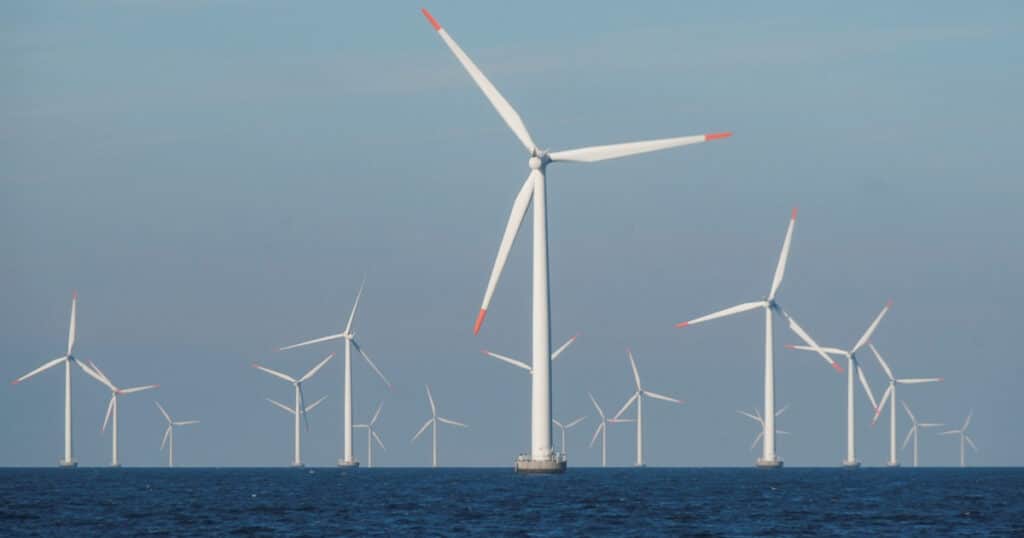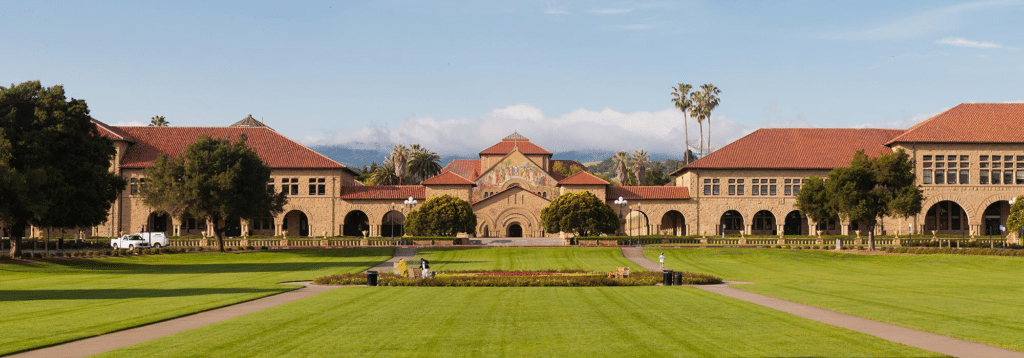
MOXIE Experiment Is Making Oxygen On Mars
Close to 100 million miles from Earth, on the dusty, red surface of Mars, an instrument the size of a lunchbox has been churning out fresh oxygen since it arrived on the Red Planet over two years ago with NASA’s Perseverance rover mission.
Developed by researchers at the Massachusetts Institute of Technology, or, MIT, the Mars Oxygen In-Situ Resource Utilization Experiment, or MOXIE, has reliably — and efficiently –converted Mars’ atmosphere into pure oxygen.
Martian air is first collected by the instrument and passed through a filter that cleans it of contaminants. Then the air is pressurized and passed through a Solid OXide Electrolyzer (SOXE), an instrument that electrochemically splits the carbon dioxide-rich air into oxygen ions and carbon monoxide.
The oxygen ions are isolated and recombined to form breathable, molecular oxygen, or O2, which is tested for quantity and purity before MOXIE releases it back into the Martian atmosphere, along with the collected carbon monoxide and back into the air, along with the carbon monoxide and other collected gases.
In a report published in the journal Science Advances, researchers said by the end of 2021, MOXIE was able to produce oxygen seven times, during an array of atmospheric conditions, including day and night and different Martian seasons. The instrument reached its production target during each of its runs, six grams of oxygen per hour, similar to the oxygen output of a small tree on Earth.
MOXIE was designed to be small and easily transported and operated for short periods, starting up and shutting down with each test run, depending on the rover’s exploration schedule and mission responsibilities.
Researchers expect a larger version of MOXIE could be sent to Mars ahead of a human mission, in order to continuously produce enough oxygen for sustain human arrival during their stay and then fuel a rocket for their return to Earth.
Michael Hecht, principal investigator of the MOXIE mission at MIT’s Haystack Observatory, said his team has already learned a great deal that will help developers build a scaled-up oxygen production unit in the future.
Hecht explained MOXIE’s oxygen production on Mars represents the first instance of “in-situ resource utilization,” the method of harvesting and using a planet’s materials to make resources — oxygen in this case — that would otherwise have to be transported from Earth.
“This is the first demonstration of actually using resources on the surface of another planetary body, and transforming them chemically into something that would be useful for a human mission…It’s historic in that sense.” said MOXIE deputy principal investigator Jeffrey Hoffman, a professor of the practice in MIT’s Department of Aeronautics and Astronautics.
The martian atmosphere is far more variable than that of Earth, Hoffman explained. “The density of the air can vary by a factor of two through the year, and the temperature can vary by 100 degrees. One objective is to show we can run in all seasons.”
Hecht said the only thing MOXIE hasn’t yet demonstrated is “running at dawn or dusk, when the temperature is changing substantially…We do have an ace up our sleeve that will let us do that, and once we test that in the lab, we can reach that last milestone to show we can really run any time.”
Engineers plan to push MOXIE’s capacity and increase its production in the Martian spring, when atmospheric density and carbon dioxide levels are high.
“The next run coming up will be during the highest density of the year, and we just want to make as much oxygen as we can,” Hecht said. “We’ll set everything as high as we dare, and let it run as long as we can.”



